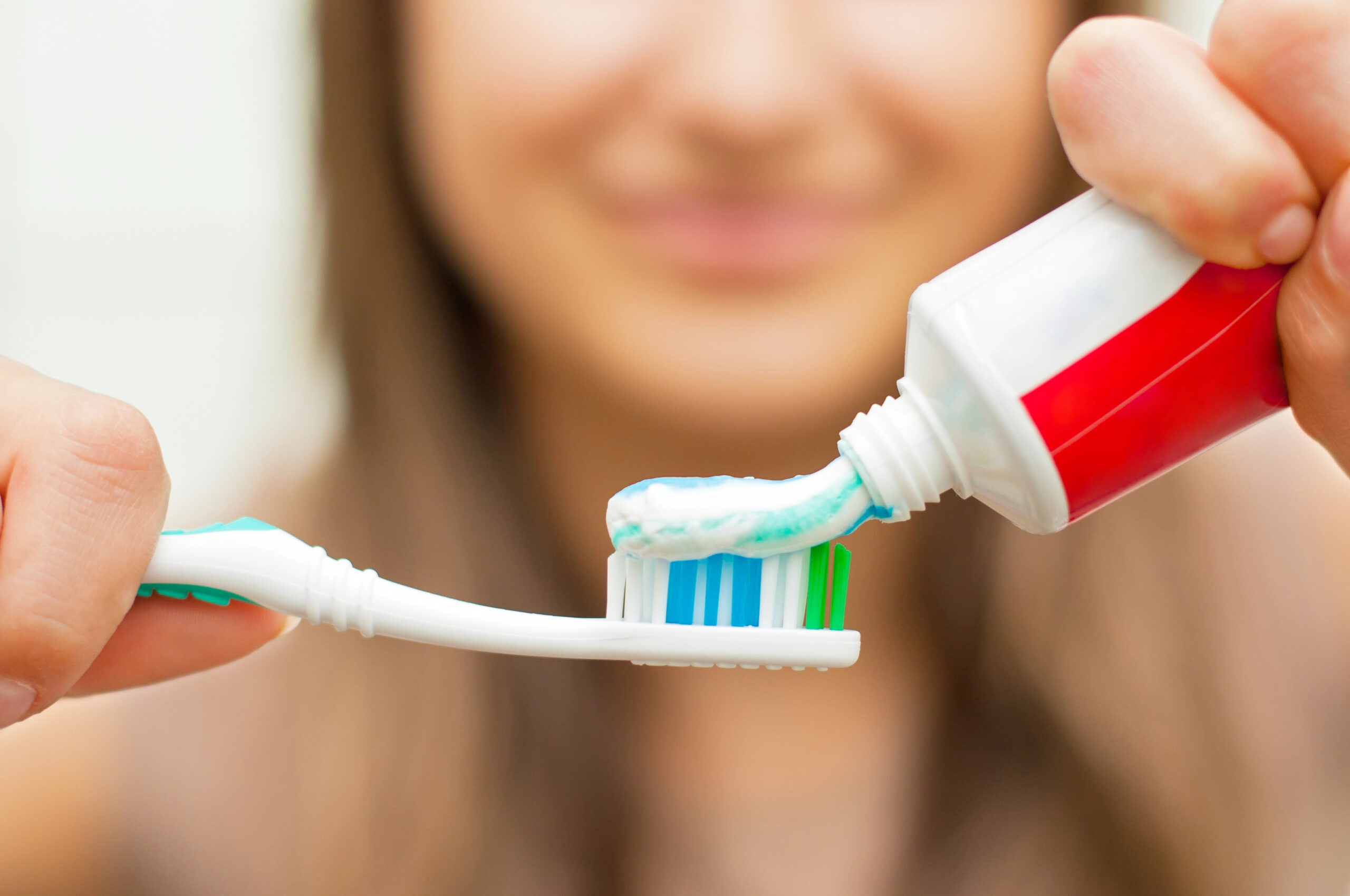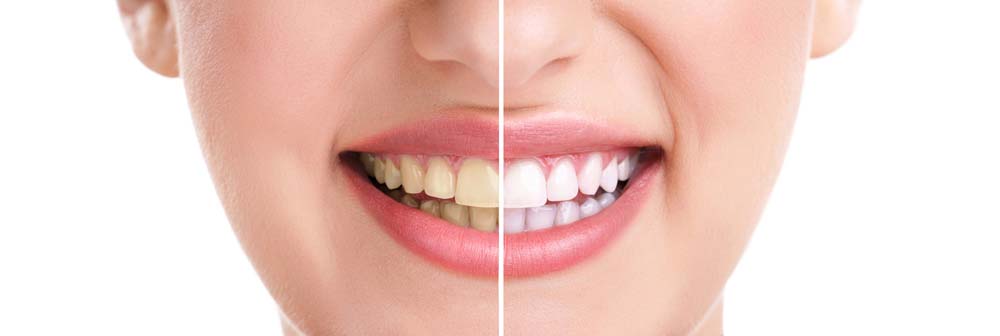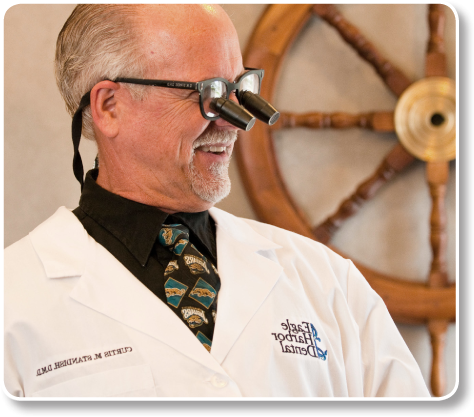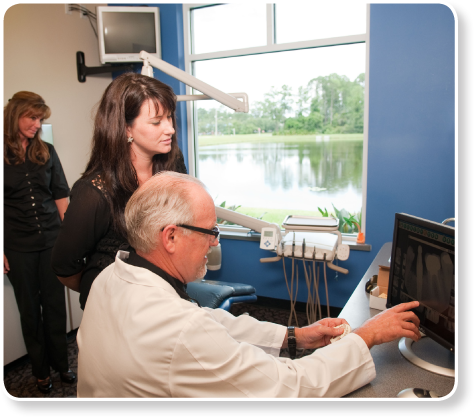Whitening Toothpastes: Do They Really Work?
Oct 24, 2025

Walk down any toothpaste aisle and you’ll see shelves full of “whitening” promises—sparkling smiles, stain-lifting power, instant results. But what do whitening toothpastes actually do, and are they worth it? The short answer: they can help lift surface stains and keep your smile looking brighter, but they don’t replace professional whitening or change the natural color of your teeth. Here’s what patients should know before buying a tube.
What Whitening Toothpastes Actually Do
Whitening toothpastes are designed primarily to tackle extrinsic stains—the discoloration that builds up on the outside of teeth from coffee, tea, red wine, colored sodas, tobacco, and everyday foods. They work in three main ways:
- Mild abrasives (polishing agents). Ingredients like hydrated silica or calcium carbonate gently scrub away surface stains as you brush.
- Chemical stain fighters. Some formulas include low levels of peroxide or other agents that help break down stain molecules on the enamel’s surface.
- Optical brighteners. A few toothpastes use a dye (for example, blue covarine) that deposits a thin film on teeth to make them appear whiter by shifting how light reflects. The effect is cosmetic and short-lived.
Used consistently, these approaches can make clean, healthy teeth look a shade or so brighter by removing stain and improving luster.

What Whitening Toothpastes Can’t Do
It’s equally important to know their limits. Whitening toothpastes do not:
- Change the intrinsic color of teeth (the shade inside the enamel and dentin).
- Lighten discoloration from aging, trauma, certain medications (e.g., tetracycline), fluorosis, or deep internal stains.
- Whiten crowns, veneers, bondings, or fillings—those materials won’t change color with toothpaste.
If your goal is to significantly lighten your tooth shade (not just remove surface stain), you’ll need professional whitening or a dentist-supervised take-home system.
How Long Until You See Results?
Most people notice a fresher, cleaner look within 1–2 weeks of twice-daily use, especially if their stains are from coffee or tea. Expect subtle changes—think “polished and brighter,” not “several shades whiter.” Results usually plateau after a few weeks; at that point the toothpaste is mainly helping maintain your brightness.
Is Whitening Toothpaste Safe for Enamel?
When used as directed, most whitening toothpastes are safe. A few tips keep enamel and gums happy:
- Choose products with fluoride to strengthen enamel and fight cavities.
- Look for the ADA Seal of Acceptance (or your country’s equivalent), which indicates the toothpaste meets safety and efficacy standards.
- Use a soft-bristled brush and gentle pressure. Scrubbing hard doesn’t whiten better; it can wear enamel and irritate gums.
- If you notice sensitivity, switch to a formula with potassium nitrate (a desensitizing ingredient) or alternate with a standard fluoride toothpaste.
Be cautious with charcoal or very gritty pastes. Some are abrasive, may lack fluoride, and can be harsh on enamel over time.
Whitening Toothpaste vs. Other Whitening Options
Here’s a quick comparison to help set expectations:
Whitening toothpaste
- Best for: Surface stain removal and maintenance
- Shade change: Subtle (about ~1 shade from stain removal)
- Speed: Days to weeks
- Cost: Low, ongoing
- Notes: Won’t change intrinsic color
Whitening strips/OTC gels
- Best for: Mild intrinsic lightening
- Shade change: Mild to moderate
- Speed: 1–2 weeks
- Notes: May cause temporary sensitivity; follow directions carefully
Dentist-supervised take-home trays
- Best for: Controlled, even whitening
- Shade change: Moderate to significant
- Speed: Several days to a few weeks
- Notes: Custom fit improves comfort and consistency
In-office professional whitening
- Best for: Fast, dramatic results
- Shade change: Significant in a single visit
- Speed: About 60–90 minutes
- Notes: Ideal if you have a special event or want predictable results
Who Should Ask a Dentist First
Whitening (even with toothpaste) isn’t one-size-fits-all. Check in with your dentist if you have:
- Tooth sensitivity, gum recession, or enamel wear—you may need a gentler plan.
- Untreated cavities or gum disease—address these first to avoid irritation.
- Dental work (bonding, crowns, veneers) in your smile zone—these won’t whiten and may need replacement to match a lighter shade later.
- Possible intrinsic stains (gray, banded, or one dark tooth)—you may need a different solution.
- Orthodontic appliances or retainers—some products can get caught around brackets and aren’t ideal during active treatment.
How To Get the Best Results from Whitening Toothpaste
A few simple habits can maximize brightness and protect enamel:
- Brush twice daily for 2 minutes with a soft brush and light pressure.
- Floss or use interdental cleaners daily—stain clings between teeth, too.
- Time your brushing: wait 30 minutes after acidic foods/drinks (citrus, soda) to protect enamel. Rinse with water right after those drinks.
- Tame the stain makers: limit coffee, tea, red wine, and dark sauces; sip through a straw when possible; rinse with water after.
- Don’t skip cleanings: professional polishing removes calculus and stubborn stain your brush can’t reach.
- Alternate: if sensitivity crops up, alternate whitening toothpaste in the morning and sensitivity or remineralizing toothpaste at night.
Common Myths, Debunked
“The grittier the paste, the better it whitens.”
Not true. Over-abrasive products can scuff enamel and make teeth look duller. Gentle, consistent polishing is safer and more effective long term.
“Whitening toothpaste works the same as professional whitening.”
It doesn’t. Toothpaste mainly removes surface stains; professional whitening lightens intrinsic color.
“If I use whitening toothpaste, I don’t need cleanings.”
Routine dental cleanings reach what your brush can’t and keep gums healthy—both crucial for a bright smile.
When To Consider Professional Whitening
If you want a noticeable shade change, have deep or uneven stains, or you’re prepping for an event, talk with your dentist about custom trays or in-office whitening. Your dentist will:
- Check that your teeth and gums are healthy first.
- Match whitening strength and timing to your goals.
- Plan for touch-ups and discuss how to keep results longer (including which toothpaste to use for maintenance).
- Coordinate with any future dental work so everything matches your new shade.
The Bottom Line
Whitening toothpastes do work—for what they’re designed to do. They’re great at lifting surface stains and maintaining a brighter smile between cleanings or after professional whitening. They won’t dramatically change your tooth color or fix deeper discoloration. For that, a dentist-guided whitening plan gives safer, faster, and more predictable results.
If you’re unsure which route is best for your smile, schedule a quick evaluation. We’ll help you choose a toothpaste that fits your goals, protect sensitive teeth if needed, and map out the whitening option that gets you the results you really want.
For informational purposes only.











